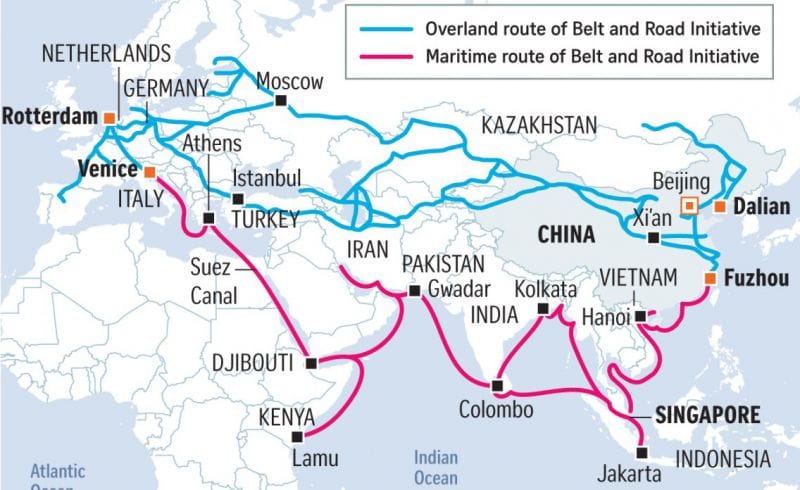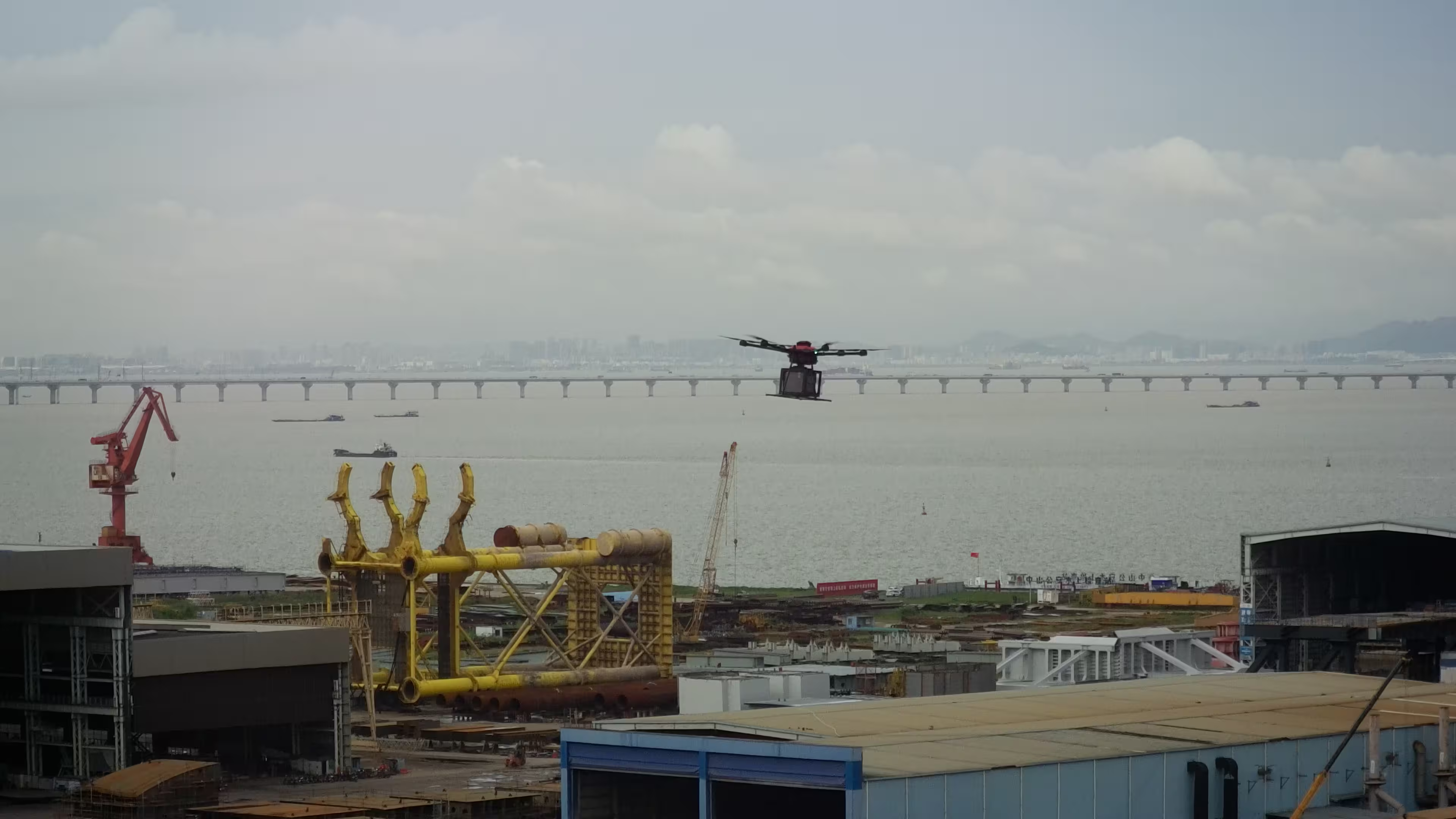Imagine a modern-day version of the ancient Silk Road, but on a much larger scale. That’s the core idea behind China’s Belt and Road Initiative (BRI), one of the most ambitious global infrastructure and investment projects in the world.
What’s in a Name? The “Belt” and the “Road”
The name pays homage to the historical Silk Road, a network of trade routes that connected China to the Mediterranean world over 2,000 years ago. The BRI consists of two main parts:

- The “Belt” (Silk Road Economic Belt): This refers to the land-based routes. It aims to build a network of railways, roads, pipelines, and other infrastructure to link China to Central Asia, Europe, and beyond.
- The “Road” (21st Century Maritime Silk Road): Despite its name, this refers to the sea-based routes. It focuses on developing and building ports and shipping lanes from China’s coast through Southeast Asia, the Indian Ocean, all the way to Africa and Europe.
Together, they form a vast network designed to improve connectivity and cooperation across continents.
The Five Goals of Connectivity (“The Five Connectivities”)
The BRI isn’t just about building roads and ports. Its cooperation is built on five key areas, often called the “Five Connectivities”:
- Policy Coordination: Countries work together to align their development strategies and create fair rules for cooperation.
- Facilities Connectivity: This is the most visible part. It involves building hard infrastructure like railways, highways, ports, power grids, and internet cables to overcome physical barriers to trade and travel.
- Unimpeded Trade: The goal is to make cross-border trade easier by reducing red tape, simplifying customs procedures, and setting up special economic zones.
- Financial Integration: Money is needed to build these projects. China established financial institutions like the Asian Infrastructure Investment Bank (AIIB) and the Silk Road Fund to provide loans and investment for BRI projects.
- People-to-People Bonds: This focuses on building cultural understanding through exchanges in tourism, science, education, and art. The idea is to strengthen friendships between the people of participating countries.
Why Was the BRI Created? Its Goals and Significance
- For China: The BRI helps find new markets for its companies and technologies, secures energy supplies, and promotes development in its western regions. It also increases China’s global economic influence.
- For Participating Countries: Many developing nations receive crucial funding and expertise to build modern infrastructure they could not afford on their own. This can boost their economic growth, create jobs, and improve trade.
- For the World: By improving connectivity, the BRI aims to stimulate economic growth across entire regions and create a more integrated global economy.
Challenges and Controversies
Such a massive project also faces questions and criticism:
- Debt Trap Diplomacy: Some worry that the large loans for expensive projects could become too much for poorer countries to repay, potentially forcing them to give China control of strategic assets like ports.
- Transparency and Standards: Concerns exist about whether bidding processes for projects are fair, and if they always follow high environmental and labor standards.
- Geopolitical Influence: Some countries view the BRI as a tool for China to expand its political and military influence around the world.
In a Nutshell
The Belt and Road Initiative is a massive vision for global connectivity through infrastructure development. It presents significant opportunities for economic development and international cooperation but also generates serious debate about its financial, social, and geopolitical impact. It remains a central and evolving topic in global affairs.





Comments